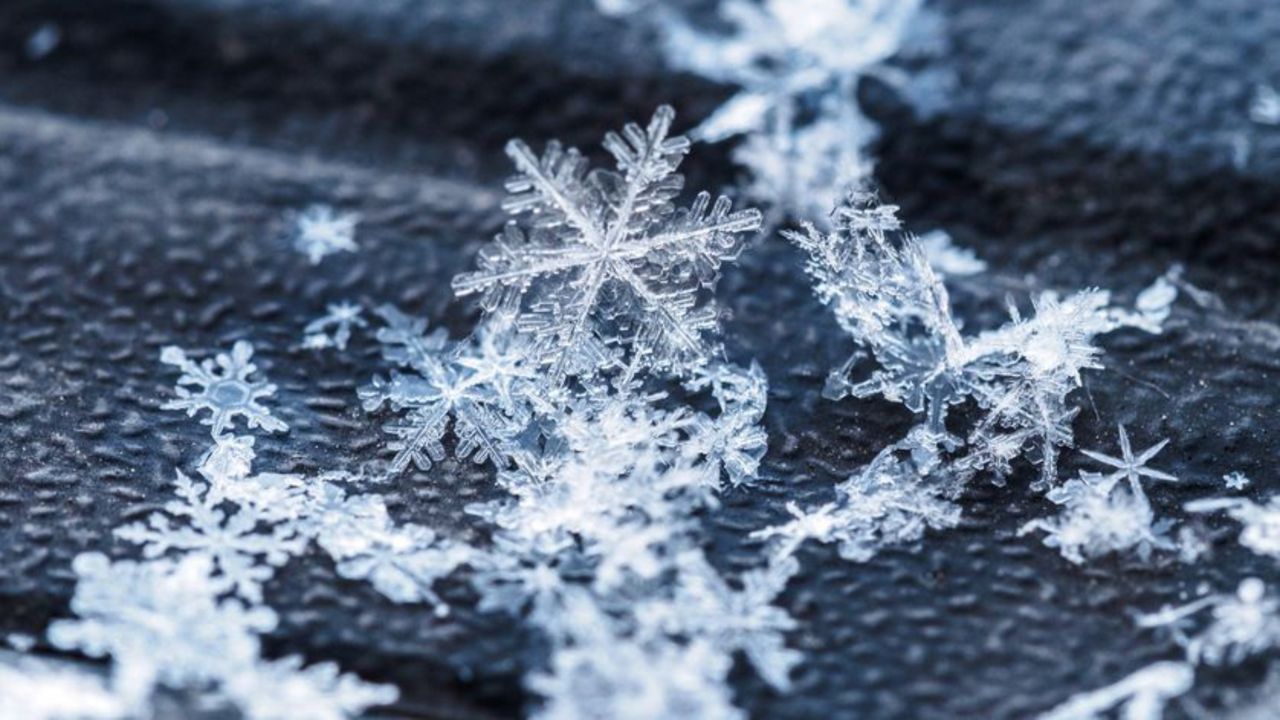
Ready or not, winter is coming and it’s time to look forward and prepare for the next possible winter hazards.
Much of what you did to prepare for hurricane season will be applicable here. Things like making sure flashlights and batteries are ready, having some nonperishable food items, and making sure you have a few good ways to keep informed.
There are also winter-specific details like making sure your car is winterized, having enough warm clothes and blankets, digging out that snow shovel that got thrown into the back of the tool shed, and having a safe alternate source of heat.
Let’s start with making sure we understand the different types of winter weather hazards.
First, and most obvious, is snow.
Snow develops in the clouds as ice crystals and if all layers of the atmosphere are below freezing, it will fall to the surface in the form of snow. While snow is pretty to look at and great for making snowmen, it makes for dangerous travel.
If snowflakes encounter a shallow layer of air that is above freezing with the lower layers below freezing, the snow will then partially melt and refreeze into a sleet pellet before reaching the ground.
Now if the snow falls into a deep layer of above-freezing air with a very shallow layer of below-freezing air located right at the surface, then the snow melts and the liquid droplets will freeze on contact with any objects at the surface that are below freezing.
This is freezing rain and can be the most destructive winter weather.
A blanket of snow on the roads makes driving difficult. If the road is covered by snow, it is hard to determine where the road ends and a ditch or other hazard begins.
Think about two cars attempting to travel down a road with no visible lanes. Inclined and curved roads can become impassable and drivers may be stranded for many hours in harsh weather conditions waiting for assistance.
As we have seen, even a little snow can become a big problem. Vehicle accidents make up 70% of winter weather related injuries.
So don’t drive in it if you don’t have to, but if you do have to, make sure you have proper supplies; sand or salt to help you get traction, a snow shovel, warm clothes and blankets, as well as food and water.
Freezing rain and sleet can dramatically worsen the driving hazard by creating a dangerously slick, icy road surface. Freezing rain accumulation on trees can cause large limbs, or even whole trees, to snap and fall on homes, cars, and power lines.
This also creates a very dangerous environment to be outside in. If a large limb snaps while you’re driving or walking underneath it, significant and sometimes fatal injury can occur.
The other major concern in icing from freezing rain events is power outages. When large amounts of ice accumulate on power lines and poles, widespread outages are likely to occur.
Again, don’t go out unless you absolutely have to and make sure you have enough of the supplies we listed earlier in the article.
For many days after a winter storm, the melting/refreezing process can occur and will only end once all moisture is melted and evaporated and roads are dry.
Black ice is also a serious hazard associated with this melting and refreezing of moisture on the roads. It is called black ice because of the fact that it blends in with the road surface and is very difficult to see while driving.
Another hazard that sometimes isn’t given much thought is the cold temperatures. Dangerously cold temperatures do occur in NC winters, although not very often.
When an arctic air mass sends temperatures down into the teens and single digits, it becomes much more dangerous to be outside for prolonged periods. Some of the threats from dangerously cold temperatures include:
-
Wind chill is the combined effects of temperature and wind, and how it impacts what the temperature feels like. As the wind increases, more heat loss occurs from your body by the wind.
-
Frostbite is an injury caused by freezing body tissue with extremities such as the fingers and toes being the most susceptible to and is the result of prolonged exposure to very cold air.
-
Hypothermia occurs when the body has been exposed to prolonged cold and the core body temperature drops below 95°F. Uncontrollable shivering is your body’s way of letting you know it is losing heat and should be addressed before it progresses into the more severe stages of hypothermia.
The time to think about the hazards of winter is NOW, before they happen. One final recommendation in case of a good snow; have a sled and a hill ready so you can have some winter fun.
"occur" - Google News
December 07, 2020 at 04:00AM
https://ift.tt/3gijQmN
Ready or Not, Here Comes Winter - Spectrum News
"occur" - Google News
https://ift.tt/2UoDqVw
https://ift.tt/2Wq6qvt
Bagikan Berita Ini















0 Response to "Ready or Not, Here Comes Winter - Spectrum News"
Post a Comment